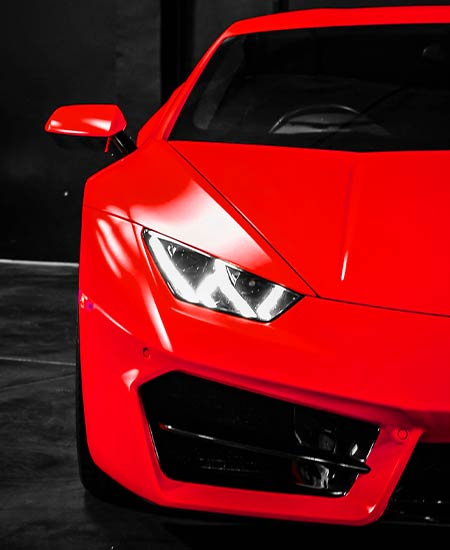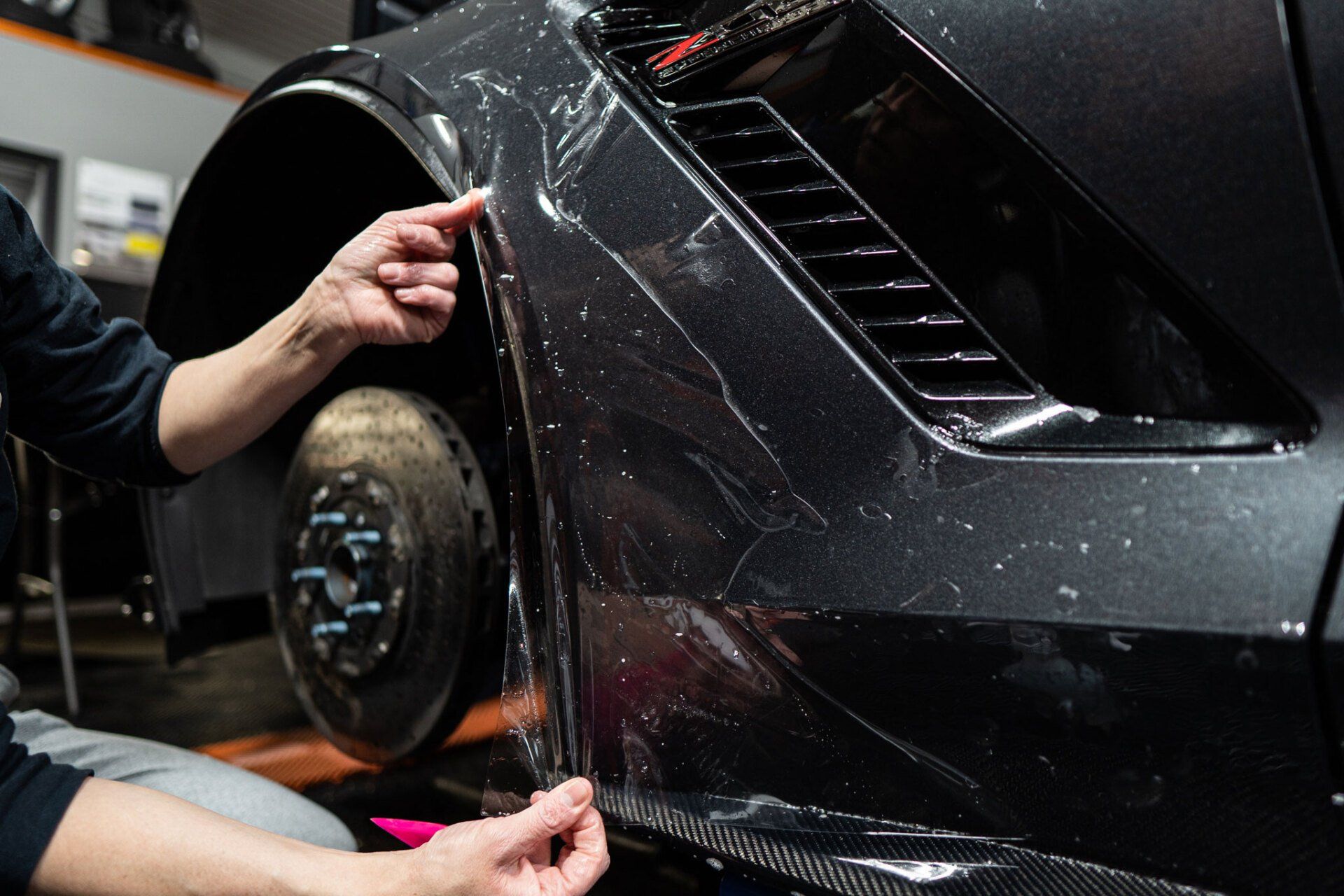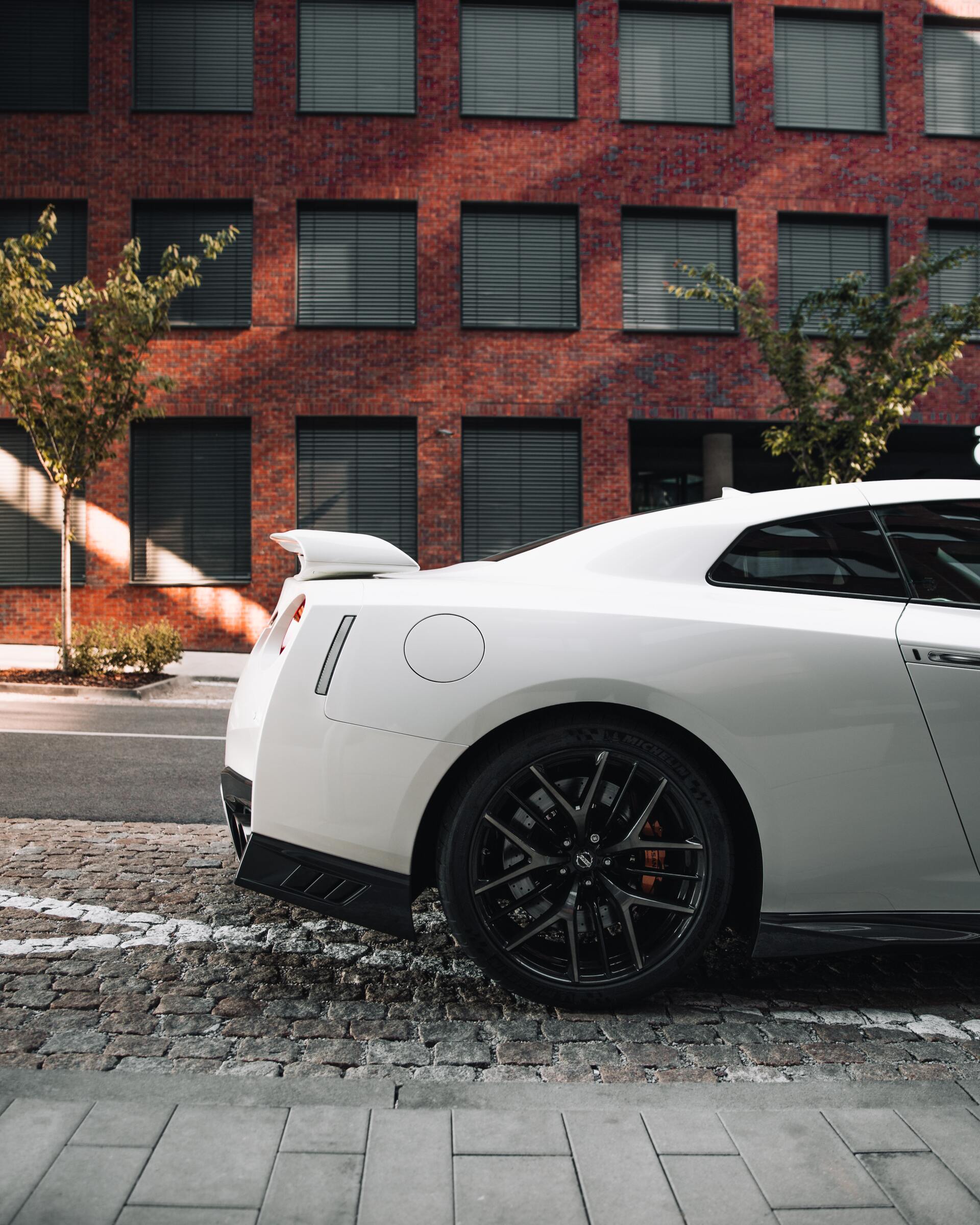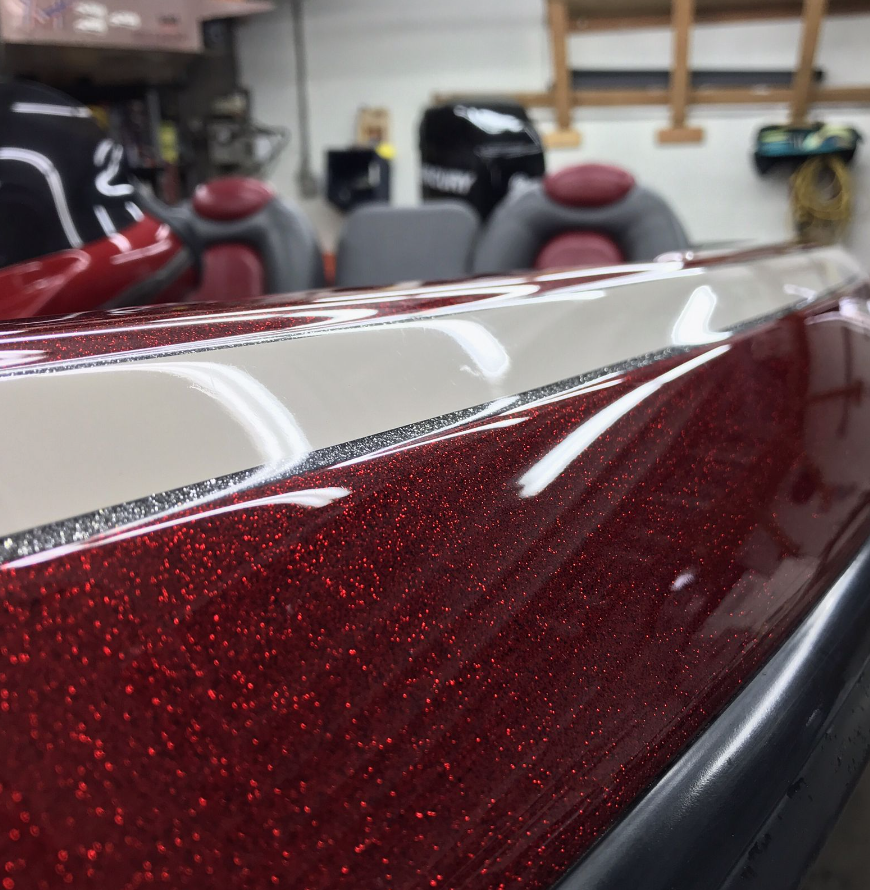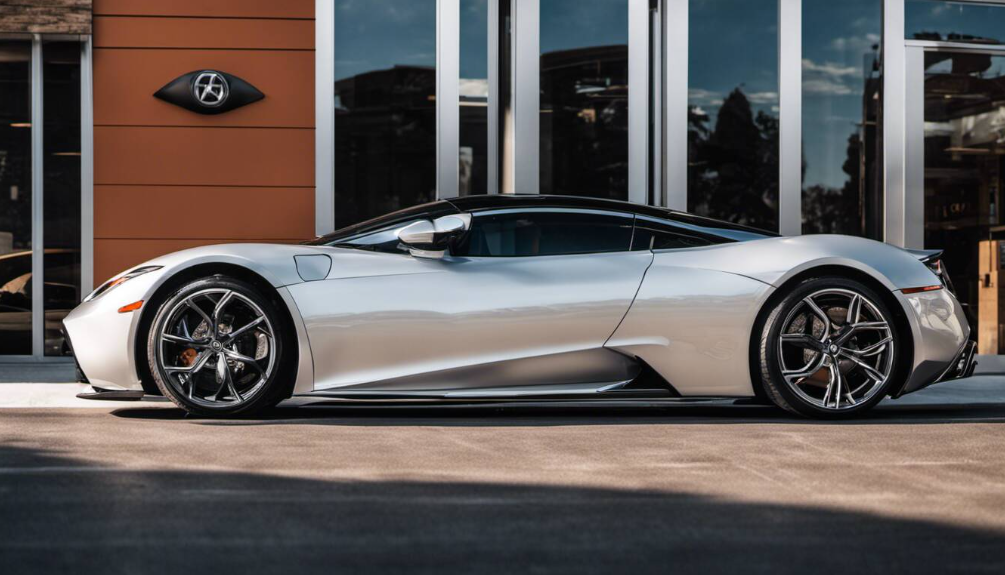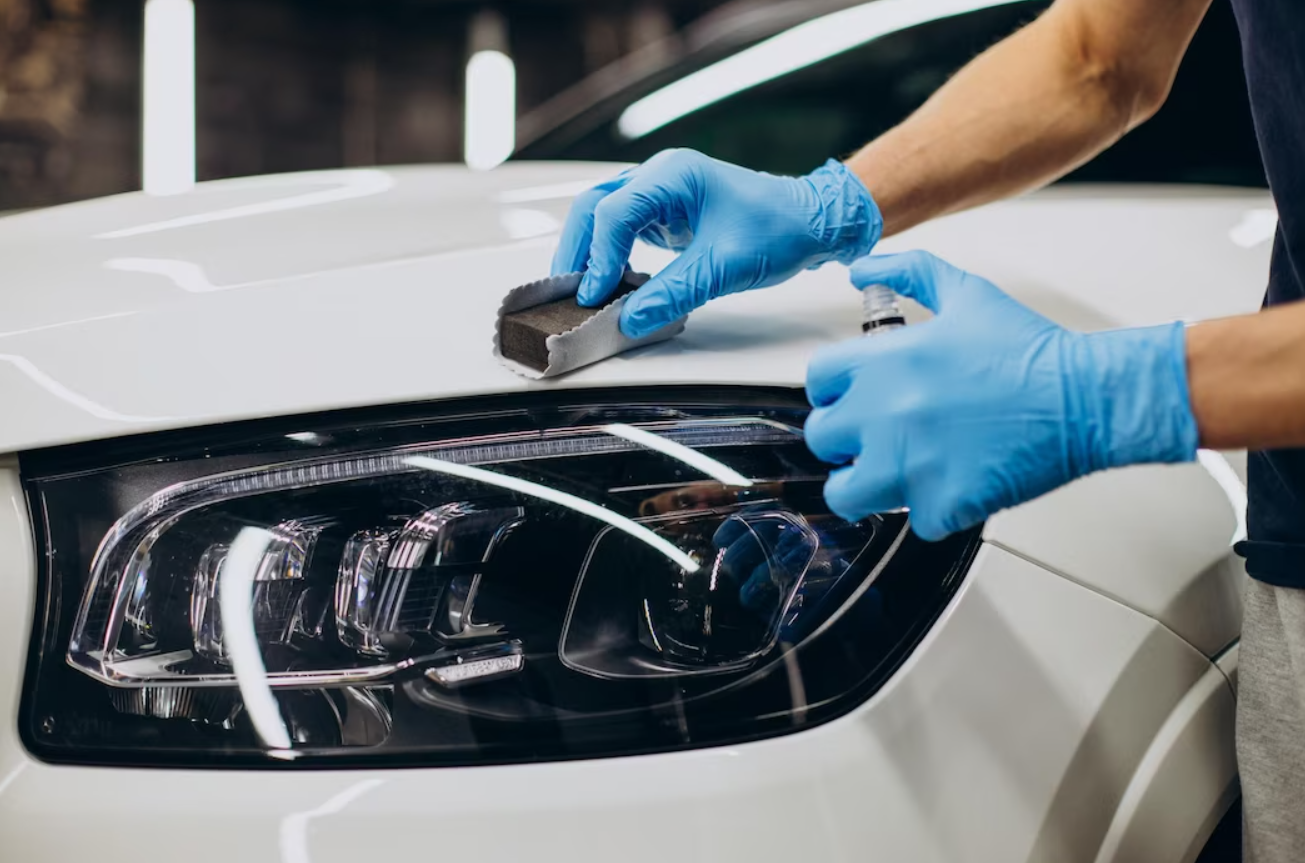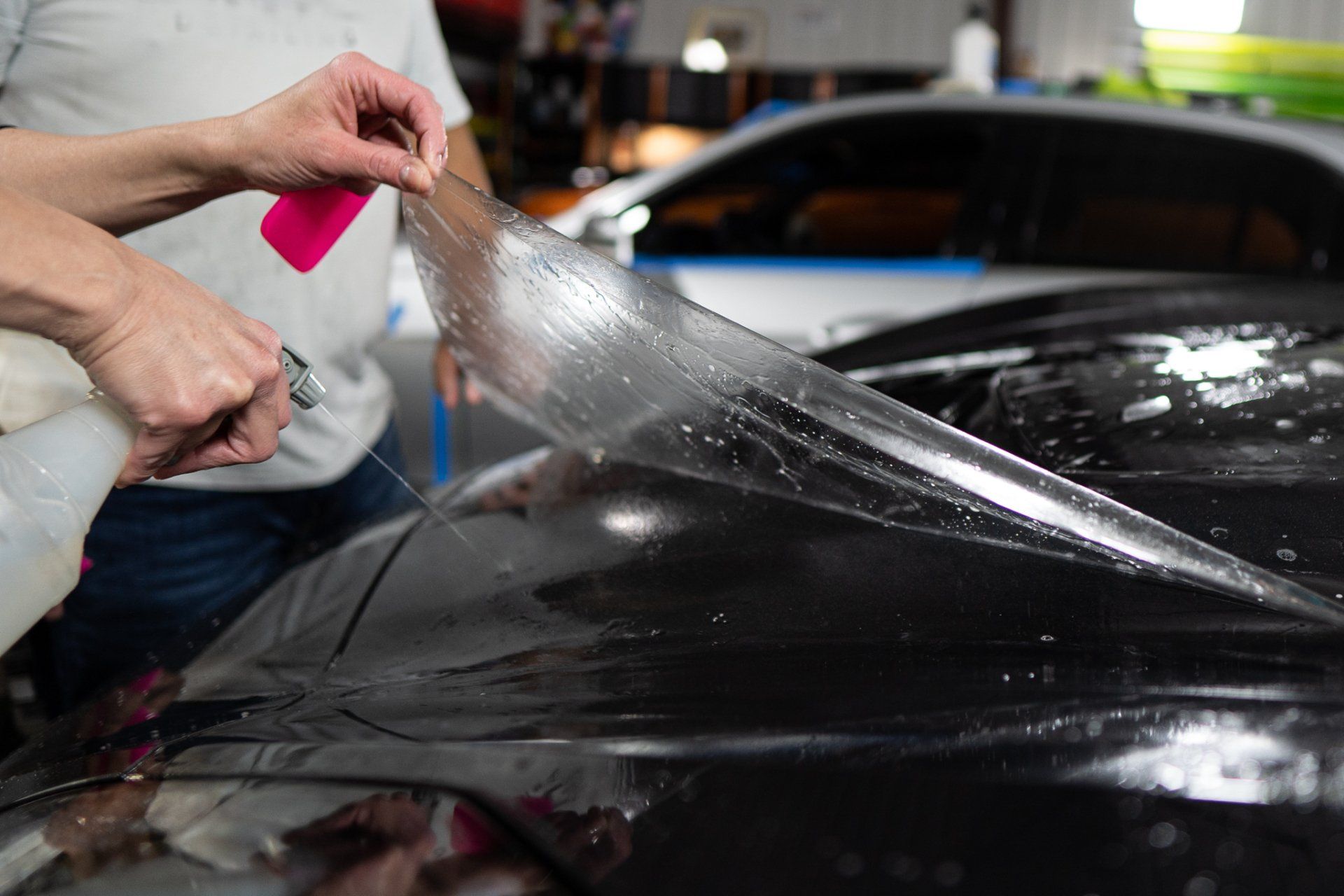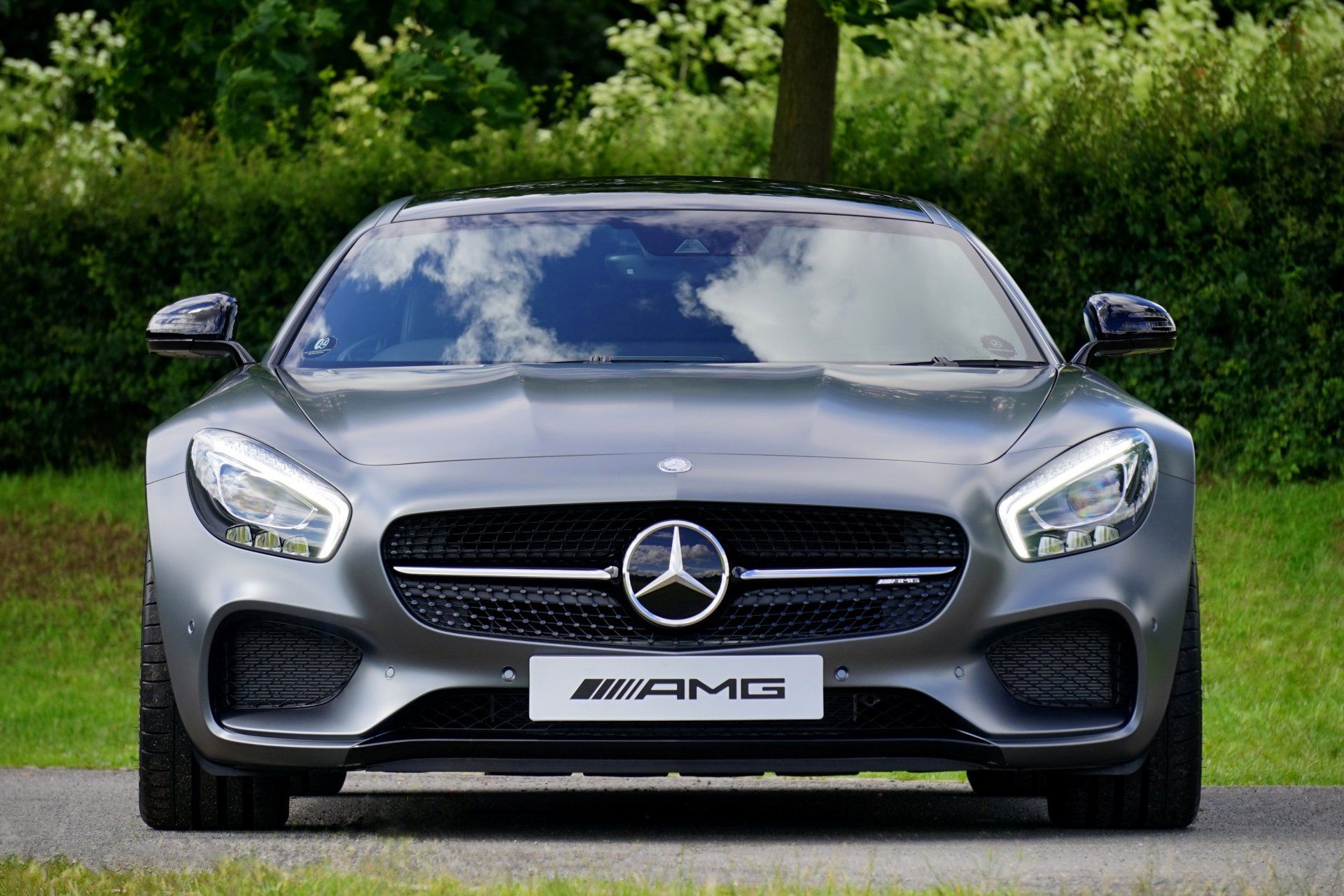Why Use PPF on Bumpers, Mirrors, and More: Benefits for Car Paint Protection
Protecting your car's paint is essential not only for maintaining its aesthetic appeal but also for saving you time, money, and frustration down the road. If you’ve ever noticed small rock chips, scratches, or chips on your bumpers or mirrors, you know how quickly the fresh finish of your car can wear away. This is where
Paint Protection Film (PPF) comes in. It acts as an invisible shield, safeguarding your car against everyday damage without changing its appearance. This article explores why applying PPF to bumpers, mirrors, and other vulnerable spots is a smart investment and how this simple step can keep your vehicle looking pristine for years.
What is Paint Protection Film?
Paint Protection Film, commonly known as PPF, is a high-tech, transparent urethane film designed to stick to your car’s painted surfaces. It was initially developed during the Vietnam War to protect helicopter blades from damage caused by flying debris, and its durability has since been adapted for automotive use. Unlike bulky covers or wraps, modern PPF is engineered to be virtually invisible when applied correctly. This means the film doesn’t change your car's color or gloss—it simply acts as an invisible shield that helps maintain that showroom-fresh look without altering the paint beneath.
The film’s thickness typically measures around 8 mils (0.008 inches), which is thin enough not to be noticed visually but thick enough to absorb impacts from small rocks and debris that would otherwise leave unsightly chips. One of the standout features of modern PPF is its self-healing technology. Minor scratches that inevitably occur with regular driving don’t have to mean permanent blemishes anymore. When exposed to heat from sunlight or warm water, the surface of the film subtly smooths out those fine scratches over time. This remarkable property not only extends the film's lifespan but also ensures your car looks flawless with minimal effort.
PPF is not just about protecting the exterior. It’s also a long-term investment in your car's resale value. Studies show that vehicles with professionally installed PPF retain up to 15% higher resale value compared to unprotected ones. This preservation comes from preventing the paint from developing unsightly chips, scratches, or other blemishes that can lead to costly repairs or repainting.
Why Use PPF on Bumpers, Mirrors, and Other High-Impact Areas?
Bumpers and mirrors are some of the most vulnerable parts of your vehicle, as they face constant exposure to road hazards and environmental damage. These components are subjected to flying gravel, road salt, bug splatters, and accidental brushes with other vehicles or objects. Without protection, their paint finishes can quickly deteriorate, leading to chips, scratches, and dullness. This not only ruins the appearance of your car but also reduces its resale value.
Applying Paint Protection Film to these high-risk areas is a smart way to protect your car’s paint from damage. The film acts as a buffer, absorbing impacts that would otherwise scar your paint. Modern PPF is designed to be self-healing, so minor scratches fade away within one to two days when exposed to heat from sunlight or warm water, reducing the need for touch-ups or worry about everyday wear.
Another key benefit of PPF is its resistance to ultraviolet (UV) rays. The film blocks up to 99% of harmful UV rays that can cause your car's paint to fade prematurely. This feature is particularly valuable for those living in sunny climates, as it helps to preserve the vibrant life of your car’s exterior without the need for additional treatments or waxing.
For many vehicle owners, applying PPF to the front bumper, mirrors, hood leading edge, and rear bumper strikes the right balance between cost and protection. These areas tend to face the most damage from road debris, making them prime candidates for targeted PPF application. If you often park in tight spots or drive on highways with loose rocks, applying PPF to your side doors and fenders can further protect against everyday wear.
Key Areas for Paint Protection Film Application
While full-car PPF coverage is an option, many owners find that focusing on certain high-impact areas provides the best protection at a more affordable cost. The following areas are particularly vulnerable and benefit greatly from targeted PPF application:
Front Bumper: The front bumper is often the first part of the vehicle to encounter gravel, road debris, and even bugs. At highway speeds, these elements can cause significant paint damage, but PPF absorbs the impact, preventing chips and cracks from marring the finish.
Side Mirrors: The side mirrors are frequently exposed to harsh weather conditions, road spray, and close encounters with other vehicles or objects. PPF offers protection against scratches, chips, and fading caused by the elements, helping to maintain the pristine appearance of these components.
Hood Leading Edge: The hood's leading edge is exposed to small stones and debris at high speeds, which can quickly chip or dull the paint. PPF protects this area, maintaining the car’s fresh paint finish longer.
Rear Bumper: While often overlooked, the rear bumper can suffer from minor collisions, backing scrapes, and the impact of road debris. Applying PPF to this area can reduce visible damage and keep the bumper looking new.
Applying PPF to these high-risk zones ensures that the most exposed areas of your vehicle stay protected, maintaining the integrity of your car’s appearance over time.
Benefits of Paint Protection Film
The benefits of applying Paint Protection Film go beyond just protecting your car's paint. Here’s a deeper look into the key advantages:
1. Protection Against Impact Damage
PPF serves as a sacrificial layer that absorbs impacts from small rocks, road debris, and other hazards that could damage the paint. This protective shield reduces paint damage from rock chips by up to 90%, which is an impressive defense against everyday threats. This is especially valuable for owners of high-value vehicles or those who frequently drive on highways or in areas prone to loose rocks.
2. UV Protection
One of the most significant benefits of PPF is its ability to block up to 99% of harmful UV rays. UV rays can cause your car’s paint to fade over time, leading to a dull, lackluster appearance. By preventing UV damage, PPF helps extend the life of your vehicle's paint, often by 5 to 10 years compared to unprotected surfaces.
3. Enhanced Aesthetics
Many people worry that applying a protective film will dull their car's appearance, but the opposite is true. PPF is designed to be crystal clear and enhances the original color and gloss of your vehicle's finish. In some cases, owners notice that their car looks sharper and more vibrant after the film is applied. Additionally, PPF can help mask minor imperfections such as swirl marks or small scratches, keeping your car looking fresh and polished.
4. Easier Maintenance
Maintaining a car with PPF is much easier than one without. The surface of the film is designed to be slick, making it more difficult for contaminants like bird droppings, tree sap, dirt, and bug splatter to adhere to the surface. This means washing your car takes less time and effort, and you can avoid using harsh chemicals that can damage the paint.
Moreover, because dirt and debris are less likely to cling to the surface, there is a reduced risk of scratching the paint when washing the car. This ease of cleaning and maintenance is a significant advantage for car owners who want to keep their vehicles looking great without spending a lot of time and effort.
5. Long-Term Investment
The initial cost of applying PPF can feel steep, especially when considering full-car coverage, but it’s important to view it as a long-term investment. The cost of repairing a single paint chip or minor scratch can range from hundreds to thousands of dollars. In contrast, the cost of applying PPF is much lower, and it can prevent these costly repairs over time. Additionally, many reputable PPF brands come with warranties that last from 6 to 12 years, offering peace of mind that your car is protected for the long haul.
6. Preserving Resale Value
By protecting your vehicle’s paint with PPF, you not only improve its appearance but also maintain its resale value. Vehicles with well-maintained paint jobs are more attractive to potential buyers, who are willing to pay more for a car that looks like it has been properly cared for. PPF prevents the paint from developing chips and scratches that can lower the value of your car, making it a smart choice for anyone who plans to sell their vehicle in the future.
Steps for Applying and Maintaining Paint Protection Film
While applying PPF is a task best left to professionals, understanding the process can help ensure you’re getting the best results. The application starts with thorough surface preparation. The area where the film will be applied must be completely clean, with no dirt, oil, or residue. Using an isopropyl alcohol solution helps ensure that the surface is spotless before application.
Once the surface is clean, the film is carefully measured and cut to fit the contours of your vehicle. Precise cutting is essential to avoid wrinkles or bubbles in the film. Professionals often leave a slight overlap at the edges to ensure a secure fit and prevent the film from peeling. After the film is applied, a heat gun is used to help bond it to the paint and mold it to the curves and edges of the car.
After installation, maintaining PPF is simple. Regular cleaning with a pH-neutral car wash soap and soft microfiber cloths is recommended. High-pressure washers and harsh chemicals should be avoided, as they can damage the film. Periodic inspections every few months can help detect any issues, such as lifting edges, that can be easily fixed before they become a problem.
Cost Analysis vs. Benefits
The cost of applying PPF can vary depending on the level of coverage. Full-car coverage can cost anywhere from $6,000 to $9,000, while individual parts like bumpers or mirrors may range from $300 to $500. While these numbers may seem high, it’s important to consider the long-term savings. A single paint chip repair or minor scratch removal often costs several hundred dollars, and a full repaint can cost thousands. In comparison, the cost of PPF is a fraction of these repair expenses.
PPF also adds value by preserving your car’s appearance and resale value. High-quality PPF brands like 3M, Xpel, and SunTek offer warranties that range from 6 to 12 years, giving you peace of mind that your car is protected for years to come.
Conclusion
Applying Paint Protection Film to your car’s bumpers, mirrors, and other vulnerable areas is a smart investment that offers long-term protection against damage, preserves your vehicle's aesthetic appeal, and helps maintain its resale value. Whether you choose full-car coverage or targeted protection for high-impact areas, PPF is a cost-effective solution that provides peace of mind and ensures your car looks its best for years.
Ready to protect your vehicle? At Vehicle Enhancement Inc., we specialize in professional PPF installation using premium materials and expert techniques. Serving Dayton and the surrounding areas, including Miamisburg, Oakwood, Kettering, Springboro, Centerville, and Beavercreek, we’re committed to delivering the exceptional results you deserve. Schedule your consultation today by calling us at (937) 361-7993 or visiting veishop.com. Let our team help you keep your vehicle looking showroom-new for years to come.

